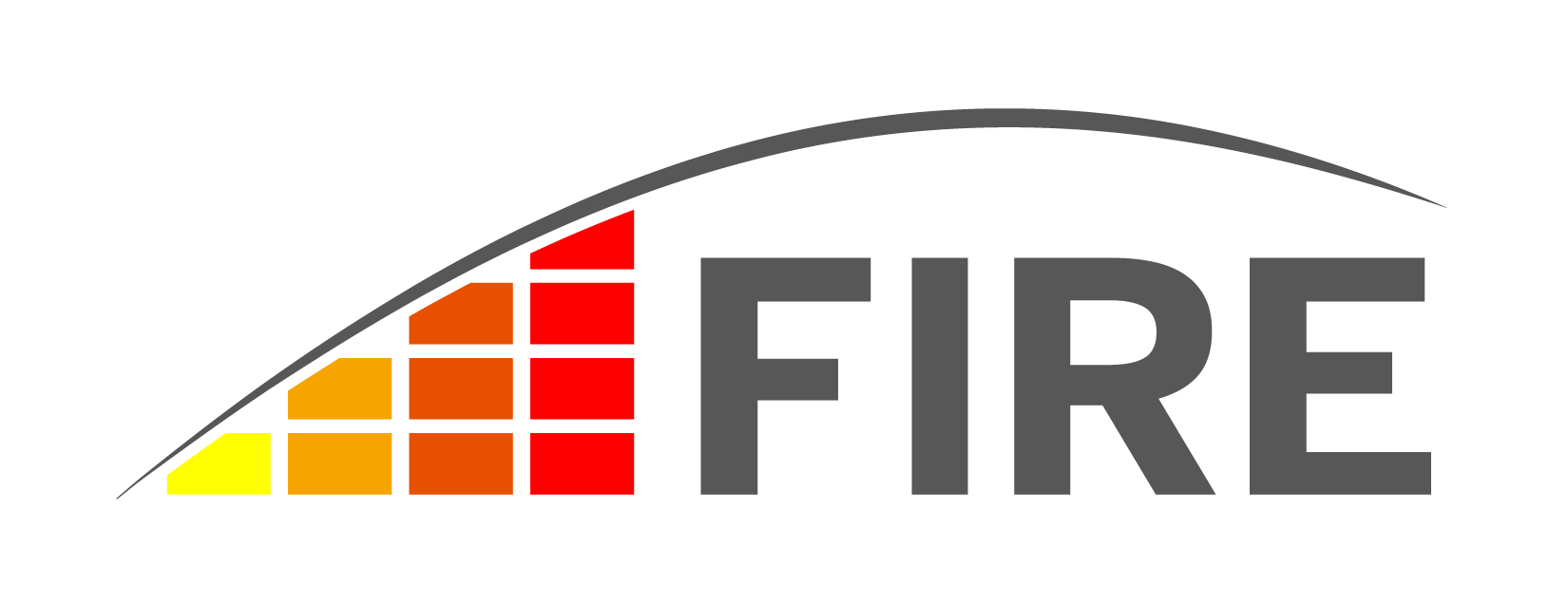TOOLBOX FOR THE EVALUATION OF THE TRAINING OF RESCUE WORKERS
A systematically conducted evaluation is not based on subjective assessments of individual persons but offers reliable facts about the quality of trainings. The standardized procedure of an evaluation leads to a high degree of comparability of the results.
At FIRE we understand evaluation to be the description and assessment of the training of rescue workers. For this purpose, data is collected, analyzed and interpreted.
An evaluation shows what is already going well and which areas can be improved. If several evaluations are conducted, it is possible to compare different trainings or to look at a development over time.


